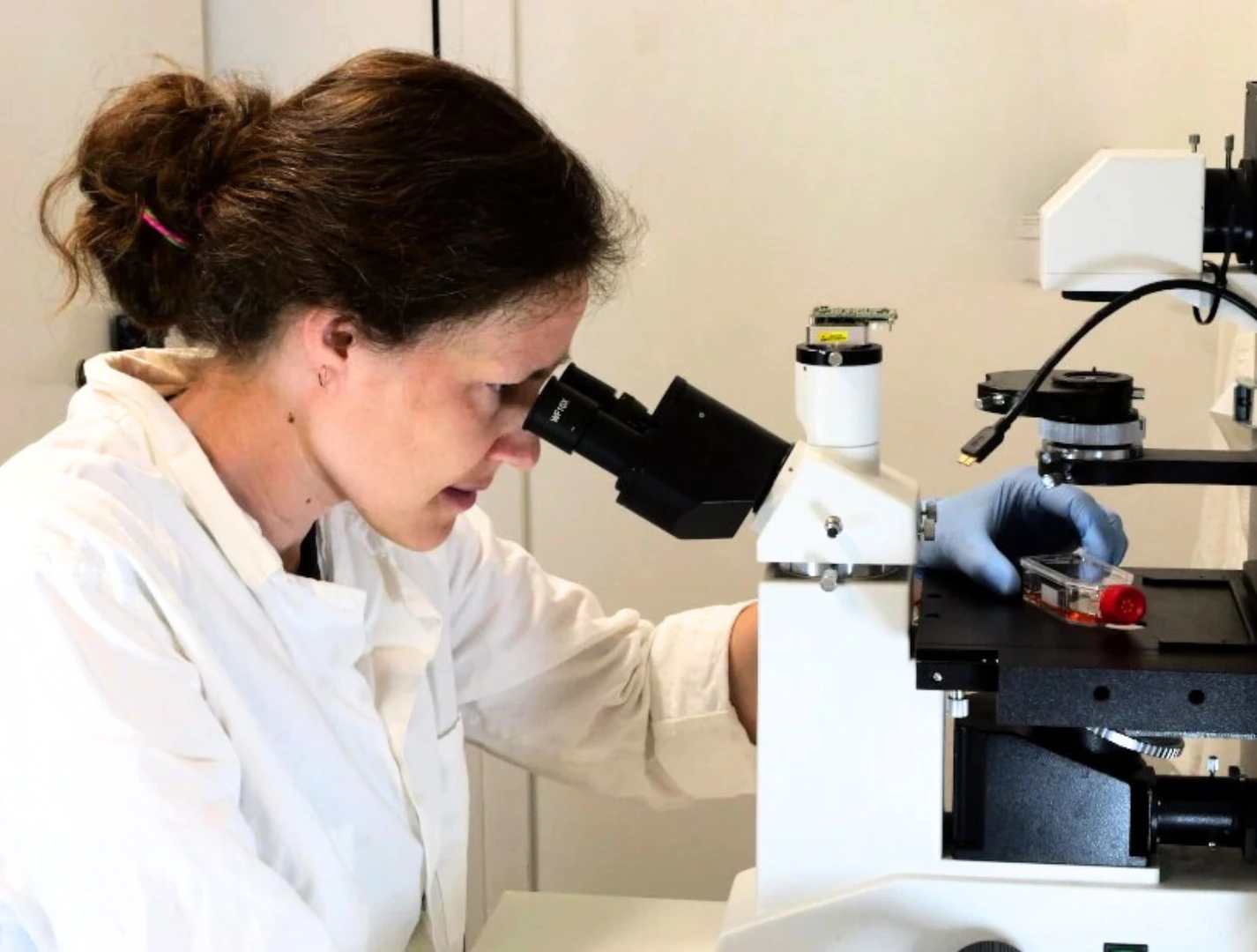NEXTSCREEN
Enhanced imaging flow cytometry
Writer
Celeste Chidiac, PhD
Keywords
Microfluidic Devices, Intelligent Microfluidics, Artificial Intelligence, Machine Learning
Author
Marco De Battista
Publication Date
June 28, 2023
Keywords
Intelligent Microfluidics
Deep Learning
Microfluidic Devices
Artificial Intelligence
Machine Learning
imaging flow cytometry
single-cell analysis
high-throughput imaging
Your microfluidic SME partner for Horizon Europe
We take care of microfluidic engineering, work on valorization and optimize the proposal with you
Microfluidics for enhanced imaging flow cytometry allows unprecedented microscopic resolution, low costs, and broad applications.
Microfluidics in flow cytometry: introduction
 Characterization of the cellular heterogeneity of complex biological systems requires high-throughput screening techniques. Single-cell screening in large cellular populations is crucial for characterizing pathogenic drivers and biomarkers.
Characterization of the cellular heterogeneity of complex biological systems requires high-throughput screening techniques. Single-cell screening in large cellular populations is crucial for characterizing pathogenic drivers and biomarkers.
One of the most common methods for single-cell analysis is optical microscopy, which allows for the characterization of cellular features such as morphology, structure, antigen abundance, localization, and others.
Flow cytometry techniques have been developed to extend optical microscopy to a large volume of biological samples. This imaging procedure involves moving material through a controlled flow before microscope lenses, capturing live images.
There is an ongoing effort to develop enhanced imaging flow cytometry techniques. However, several challenges must be addressed for this technique to become more widespread.
These challenges include difficulties related to the accurate interpretation of acquired images, the high costs and complexity of the technique, and a lack of standardization.
NEXTSCREEN aims to address these challenges by training 11 young doctoral candidates in different international research institutions, forming a highly cooperative doctoral network to develop new competencies and improve their careers.
How enhanced imaging flow cytometry will take place: project description
The NEXTSCREEN project entails the creation of a European MSCA doctoral network. The outlined aims are to reduce the cost and complexity of automatic cellular and particle screenings, expand flow cytometry utilization by developing novel contrast mechanisms and higher resolution, and artificial intelligence image analysis for automation. The development of new protocols will allow for increased standardization and future reproducibility.
A scientific objective and proof of concept will be the demonstration that flow cytometry can be used for identifying and characterizing tumor biomarkers in blood-derived samples.
The long-term goal is to have enhanced imaging flow cytometry become an in-vitro diagnostics device. The 11 doctoral candidates will each focus on distinct yet interconnected subprojects collaborating with academic and industrial institutions.
Enhanced imaging flow cytometry: our role
 We intend to have an essential role in developing enhanced imaging flow cytometry. Specifically, the doctoral candidate will design fluidic control systems for ultra-low-flux and ultra-high-throughput flow cytometry.
We intend to have an essential role in developing enhanced imaging flow cytometry. Specifically, the doctoral candidate will design fluidic control systems for ultra-low-flux and ultra-high-throughput flow cytometry.
This work will be crucial to achieving super-resolution and high-throughput imaging for flow cytometry.
Thanks to our experience in microfluidics, we will develop innovative flow control systems while also contributing to the training in fluidics engineering of other doctoral candidates.
The development of flow control manipulation techniques is essential for the customization of flow cytometry utilization (rapid mixing, sequential injection/flow switching, heating, and others).



Funding and Support
This project has received funding from the European Union’s Horizon research and innovation program under the Marie Skłodowska-Curie grant agreement no. 101119729 (NEXTSCREEN).
Topic: HORIZON-MSCA-2022-DN 01-01
Start date: 01 December 2023
End date: 30 November 2027
EU contribution: € 2,608,819.19


